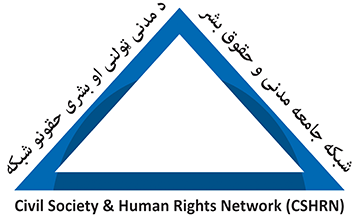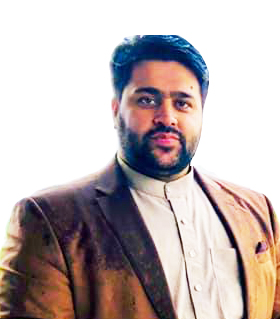Convention on the Elimination of All Forms of Discrimination against Women
Hassan Ali Faiz The United Nations, passed the most important international document prohibiting discrimination against women under the name of "Convention on the Elimination of All Forms of Discrimination against Women" on 18 December 1979 over 34 /180 Resolution of the United Nations General Assembly and made acceptance of it mandatory by the member states of this organization. This document is the most important international human rights document that has been developed in order to promote and fulfill women's rights. Afghanistan joined Convention on the Elimination of All Forms of Discrimination against Women in 2003 and managed the implementation of the Convention in 2010 to the Committee's report. Of course Afghanistan has already joined other documents such as the United Nations Charter and the Universal Declaration of Human Rights and the International Covenant on Civil and Political Rights that emphasis on the equality of genders and rejection of gender-based discriminatory attitudes. Afghanistan's constitution, with consideration that women’s status is high, prohibits any kind of discrimination and distinction between men and women and pays special attention to the status of women and their right to participate in governance, social, political, cultural and economic activities. The government has made many legislative documents in respect to women's rights, and ensures appropriate grounds for the progression of woman's personality and providing her reserved rights. For the first time, the issue of equality of women and men was introduced in the "Universal Declaration of Human Rights" and then the other human rights conventions one after another endorsed this equality. On 7 November 1967, the United Nations General Assembly passed’’ Declaration on the Elimination of All Forms of Discrimination against Women "in one preamble and 11 articles and then, in December 1979 " Convention on the Elimination of All Forms of Discrimination against Women " was passed by the UN General Assembly. The article came into force on September 3, 1981 in accordance with paragraph 1 of Article 27 of this Convention. Brief introduction of Convention on the Elimination of All Forms of Discrimination against Women Target The aim of the Convention on the Elimination of All Forms…

